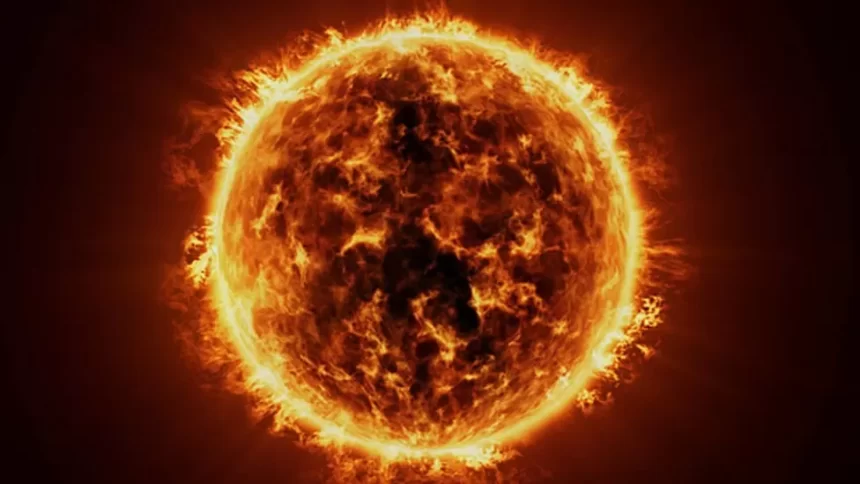Aditya-L1 lifted off from the launch pad at Sriharikota on Saturday at 11:50 India time (06:20 GMT).
It will travel 1.5 million km (932,000 miles) from the Earth – 1% of the Earth-Sun distance.
India’s space agency says it will take four months to travel that far.
India’s first space-based mission to study the solar system’s biggest object is named after Surya – the Hindu god of Sun who is also known as Aditya.
And L1 stands for Lagrange point 1 – the exact place between Sun and Earth where the Indian spacecraft is heading.
According to the European Space Agency, a Lagrange point is a spot where the gravitational forces of two large objects – such as the Sun and the Earth – cancel each other out, allowing a spacecraft to “hover”.
Once Aditya-L1 reaches this “parking spot”, it would be able to orbit the Sun at the same rate as the Earth. This also means the satellite will require very little fuel to operate.
On Saturday morning, a few thousand people gathered in the viewing gallery set up by the Indian Space Research Agency (Isro) near the launch site to watch the blast off.
It was also broadcast live on national TV where commentators described it as a “magnificent” launch. Isro scientists said the launch had been successful and its “performance is normal”.
The spacecraft will now travel several times around the Earth before being launched towards L1.
From this vantage position, Aditya-L1 will be able to watch the Sun constantly – even when it is hidden during an eclipse – and carry out scientific studies.
Isro has not said how much the mission would cost, but reports in the Indian press put it at 3.78bn rupees ($46m; £36m).
Isro says the orbiter carries seven scientific instruments that will observe and study the solar corona (the outermost layer); the photosphere (the Sun’s surface or the part we see from the Earth) and the chromosphere (a thin layer of plasma that lies between the photosphere and the corona).
The studies will help scientists understand solar activity, such as solar wind and solar flares, and their effect on Earth and near-space weather in real time.
Former Isro scientist Mylswamy Annadurai says the Sun constantly influences the Earth weather through radiation, heat and flow of particles and magnetic fields. At the same time, he says, it also impacts the space weather.
“Space weather plays a role in how effectively the satellites function. Solar winds or storms can affect the electronics on satellites, even knock down power grids. But there are gaps in our knowledge of space weather,” Mr Annadurai told the BBC.


Leave a Reply